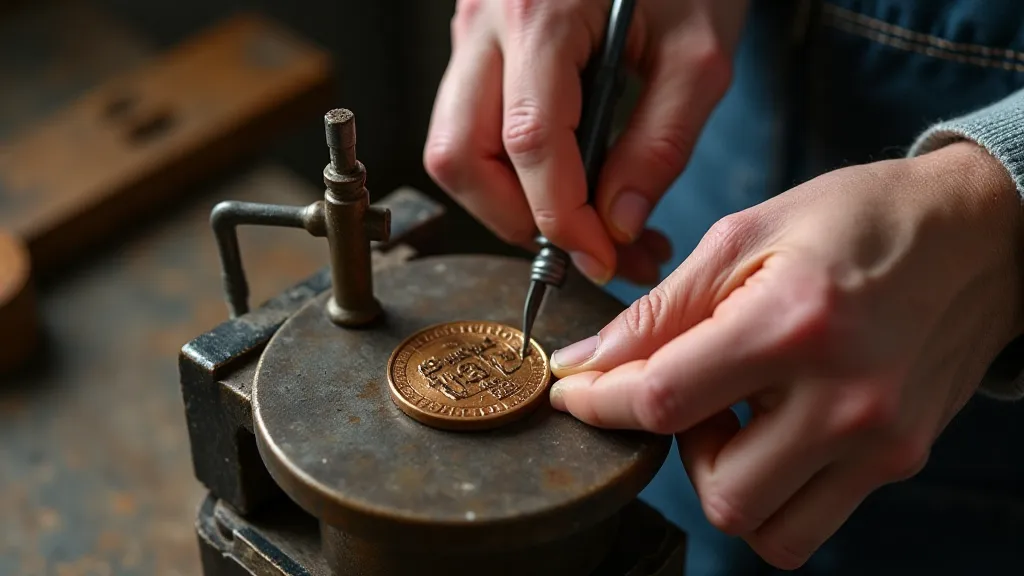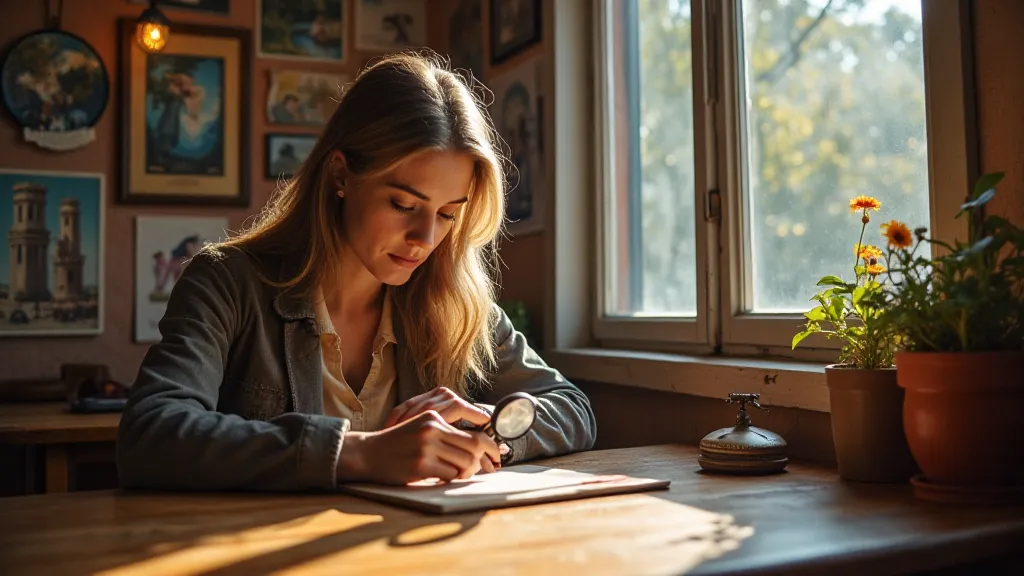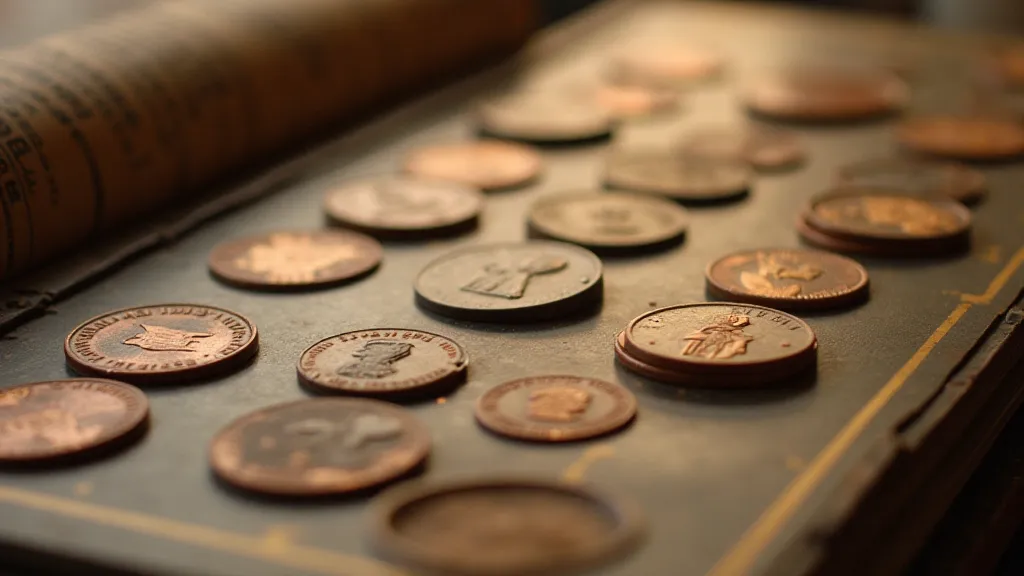A Pocketful of Wanderlust: Preparing for Your Pressed Penny Adventure
There’s a certain magic in pressed pennies. More than just souvenirs, they’re tangible echoes of journeys taken, landmarks visited, and moments cherished. Holding one, feeling the slight relief of the design, transports you back to that specific place and time. It’s a feeling similar to holding an antique accordion – a beautifully crafted instrument that breathes stories of music, travel, and shared experiences from a bygone era. Think of the hands that built it, the songs it played, the dances it accompanied. Pressed pennies, in their own small way, possess that same quiet resonance, whispering tales of wanderlust and discovery.
For many, the appeal isn't just the collecting; it's the adventure of the hunt. It's the thrill of searching for that elusive design, the satisfaction of finding it tucked away in a forgotten corner, the shared excitement of the find with fellow enthusiasts. This article isn’t just about collecting; it's about planning that adventure – equipping yourself for a fulfilling and memorable pressed penny journey.

The Budget Traveler’s Blueprint
Let’s be honest: pressed penny collecting can be surprisingly expensive, especially if you’re pursuing a comprehensive collection. It's easy to get caught up in the excitement and overspend! Careful planning is key. Your budget will depend on several factors: your geographic scope (local vs. international), the rarity of the pennies you’re targeting, and your travel style. It's not simply about finding a machine and pressing a penny; it’s about curating a collection that tells a story.
First, calculate your transportation costs. Flights, train tickets, gas, and tolls can quickly add up. Then, factor in accommodation. Are you opting for budget-friendly hostels, cozy Airbnbs, or traditional hotels? Don't forget meals! While pressed penny machines are usually inexpensive (typically $1.00 - $1.25 per press), sustenance is a necessity. And beyond the immediate costs of travel, consider the long-term preservation of your treasures; understanding how to properly store and protect your collection is an investment in itself.
It's wise to establish a "penny budget" as well. Decide how much you're willing to spend on pressed pennies per day or per trip. This will help you prioritize your targets and avoid impulse buys. Remember, some pennies are significantly more valuable than others due to rarity, condition, or historical significance. Researching ahead of time is crucial (more on that in the next section!). A general rule of thumb is to allocate a little extra for those unexpected finds - the truly special pennies that weren’t on your radar. Furthermore, to truly appreciate the significance of each penny, it's vital to understand the history and design nuances of these small-scale treasures.
Location, Location, Location: Researching Your Targets
The world is filled with pressed penny machines, but finding the ones you desire requires dedication and research. The days of casually stumbling upon rare designs are largely over; most serious collectors rely on online resources and forums to pinpoint their targets. Websites and apps dedicated to pressed penny locations are invaluable. These platforms often include details such as machine type, design details, and last-known sighting dates. The meticulous organization needed for this process reflects the broader need for careful management of your collection; understanding how to best preserve them is almost as important as finding them. A well-organized system, akin to a historian cataloging artifacts, allows for a deeper appreciation of each piece.
Beyond online resources, consider contacting local tourism boards or historical societies in areas you plan to visit. They might be aware of less-publicized locations or even have information on upcoming machine installations. Think like an historian – examining old postcards and travel guides can sometimes reveal clues to past locations. Knowing how to properly record and store details about each penny, including its origin and any unique markings, will elevate your collection from a simple accumulation of souvenirs to a documented chronicle of your travels.
Don't underestimate the value of connecting with other collectors. Online forums and Facebook groups are hubs of information and camaraderie. Experienced collectors are often willing to share tips and insights, particularly if you’re new to the hobby. They can offer advice on machine maintenance, design variations, and local collecting hotspots. Moreover, appreciating the artistry of these pressed pennies can often spark an interest in the broader history of coin design, a fascinating journey in itself.
Packing Essentials: Gear Up for the Hunt
While the basics – comfortable shoes, appropriate clothing for the climate – are always important, there are specific items that will enhance your pressed penny collecting experience. A sturdy, well-organized penny album is a must. Consider investing in archival-quality sleeves to protect your pennies from damage. Keeping a record of where and when each penny was obtained is also paramount, transforming your collection into a tangible journal of your adventures.
A magnifying glass can be surprisingly useful. It allows you to examine the details of the design and identify subtle variations that might indicate a rare or valuable penny. A small, compact flashlight is also handy for inspecting machines in dimly lit areas. Furthermore, think about how you’re going to document your finds. Many collectors find great satisfaction in creating detailed entries for each penny, noting its location, date of acquisition, and any interesting facts they uncover. This approach transforms the hobby from a simple pursuit of objects into a rich and rewarding intellectual endeavor.
Don't forget your quarters! Most pressed penny machines require them, and having plenty on hand will save you time and frustration. A small, zippered pouch or coin purse will keep your quarters organized and prevent them from jingling around in your pocket. It’s also a good idea to bring along a small notebook and pen to jot down details about each machine you encounter—its location, the design of the penny, and any observations you make. This information can be invaluable for future reference and for sharing with other collectors. Many collectors also find that the process of recording these details enhances their appreciation for the hobby and the history it represents.

Understanding Rarity & Value – A Collector’s Perspective
Not all pressed pennies are created equal. Some designs are common and readily available, while others are incredibly rare and command high prices. Understanding the factors that influence rarity and value is essential for any serious collector. It’s almost as important to learn the nuances of appreciating the artistry and history behind the designs as it is to learn about their monetary value. Thinking of each penny as a tiny piece of history can dramatically enrich the collecting experience.
Several factors contribute to a penny’s rarity: limited production runs, temporary installations, unique design variations, and errors in the pressing process. For example, a penny pressed at a short-lived attraction or a penny with a noticeable die error (an imperfection in the pressing mold) can be exceptionally valuable. The seemingly minor imperfections often hold significant historical context, offering glimpses into the production processes and the conditions under which these tiny treasures were created. The process of cataloging these imperfections—recording their appearance and potential significance—is itself a rewarding intellectual pursuit.
The condition of the penny also plays a significant role in its value. Pennies in pristine condition (often referred to as “uncirculated”) are generally worth more than those that are worn or damaged. Protecting your pennies from scratches, dents, and environmental factors is crucial for preserving their value. This dedication to preservation reflects a larger commitment to honoring the history and artistry embedded within each penny.
It’s important to remember that the market for pressed pennies can fluctuate, and values can change over time. Stay informed about recent sales and auction results to get a sense of current market trends. Treat your collection as an investment, diversifying your holdings and carefully documenting the provenance of each penny. And as your collection grows, so too will your understanding of the fascinating world of coin design and the history it represents. For those interested in delving deeper into the aesthetics of these small tokens, exploring the evolution of pressed penny machine design can provide a richer context.
The Joy of Preservation: Caring for Your Collection
Building a pressed penny collection is more than just acquiring pennies; it's about preserving history and creating a lasting legacy. Just as a skilled accordion restorer painstakingly cleans and repairs an antique instrument, preserving pressed pennies requires careful handling and storage. The effort invested in protecting these tiny treasures reflects a deep respect for the stories they hold.
Avoid exposing your pennies to direct sunlight or extreme temperatures. These conditions can cause discoloration and damage the metal. Store your collection in a cool, dry place, away from humidity and dust. Handle your pennies with clean hands or wear cotton gloves to prevent fingerprints. The dedication to these simple precautions underscores the value placed on preserving these miniature pieces of history.
If you notice any signs of corrosion or discoloration, take immediate steps to address the problem. There are specialized cleaning solutions available that can safely remove contaminants without damaging the metal. Always test any cleaning solution on a small, inconspicuous area first. The process of carefully and methodically addressing any signs of damage demonstrates a commitment to honoring the stories embedded within each penny.

Pressed penny collecting is more than a hobby; it’s a journey—a tapestry woven with memories, discoveries, and shared experiences. With careful planning, thoughtful research, and a genuine appreciation for the history and artistry involved, your pressed penny adventure promises to be a rewarding and enriching experience, creating a tangible reminder of the places you're seen, the lessons you've learned, and the people you've met. For those captivated by the challenge of documenting and cataloging these miniature treasures, learning how to best organize and display your collection—effectively creating a personal museum—can further amplify the experience. Ultimately, the true value of a pressed penny collection lies not just in its monetary worth, but in the stories it tells and the memories it evokes.





